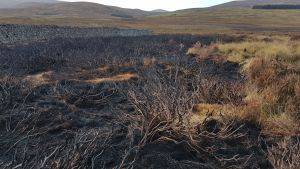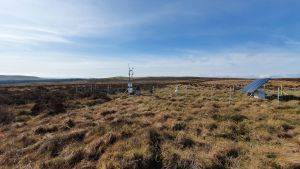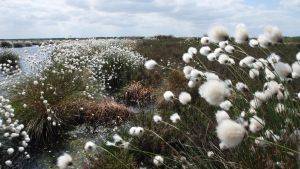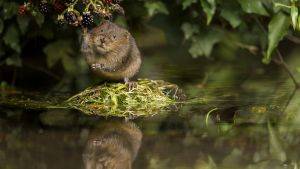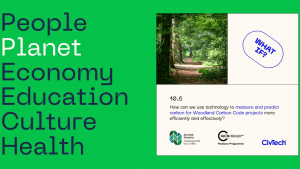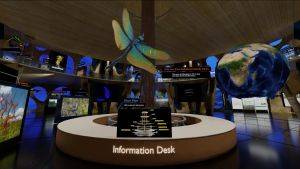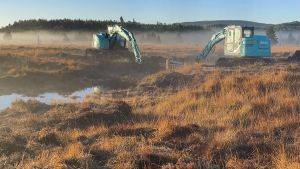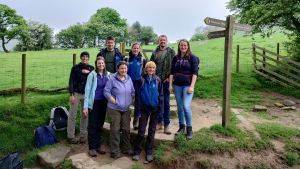Duddon Mosses NNR
Introduction
Duddon Mosses is a lowland rasied bog, which is rich in wildlife with adders, lizards, cottongrass, bog asphodel, and notably, the rare moss Sphagnum pulchrum among the species here. The peat in this lowland raised bog is thought to be around 7,000 years old and up to 6 m deep.
Striking views can be enjoyed of the Lakeland fells.
Description
Duddon Mosses has been shaped over thousands of years, created during the last Ice Ace after which estuarine clays were deposited across the coastal plain. High rainfall led to the establishment of shallow lakes and a change in vegetation from fens and wet woodland to bog, with the establishment of Sphagnum moss populations leading to peat formation over the last 7,000 years.
The site suffered extensive peat cutting for fuel on its periphery in the 18th and 19th centuries. Drainage for agriculture and forestry, has led to parts becoming too dry for Sphagnum, these areas instead now supporting heather and trees.
Restoration Delivered
EU funding since 2004 has allowed Natural England to carry out restoration work, as well as purchase more of the Mosses, so that they can be managed sympathetically.
Work on the whole has focussed on re-establishing the water table, by carrying out the following activities:
- Drain blocking
- Scrub removal
- Peat reprofiling.
It is hoped in time these re-wetting techniques will enable active bog flora to re-establish and peat formation to commence.
The nature reserve is open to visitors, with a boardwalk on parts to help reduce erosion.
Biodiversity
The bog flora support a wide range of invertebrates, including the specialist bog bush cricket, which is close to its northern limit here.
Birds of prey including buzzard and barn owl hunt here, whilst summer passerines breed and feed. In addition waders and geese make use of the areas of open water in winter.
Project Name: Duddon Mosses NNR
Organisation / Lead partner: Natural England
Location: Broughton-in-Furness, Cumbria
Approximate area covered: 80 ha
Conservation Status: Site of Special Scientific Interest (SSSI), Special Area of Conservation (SAC), Nature Reserve (NR), National Nature Reserves(NNR)
Predominately: Lowland
Peat Habitats: Lowland raised bog
Project Type: Restoration, Management

